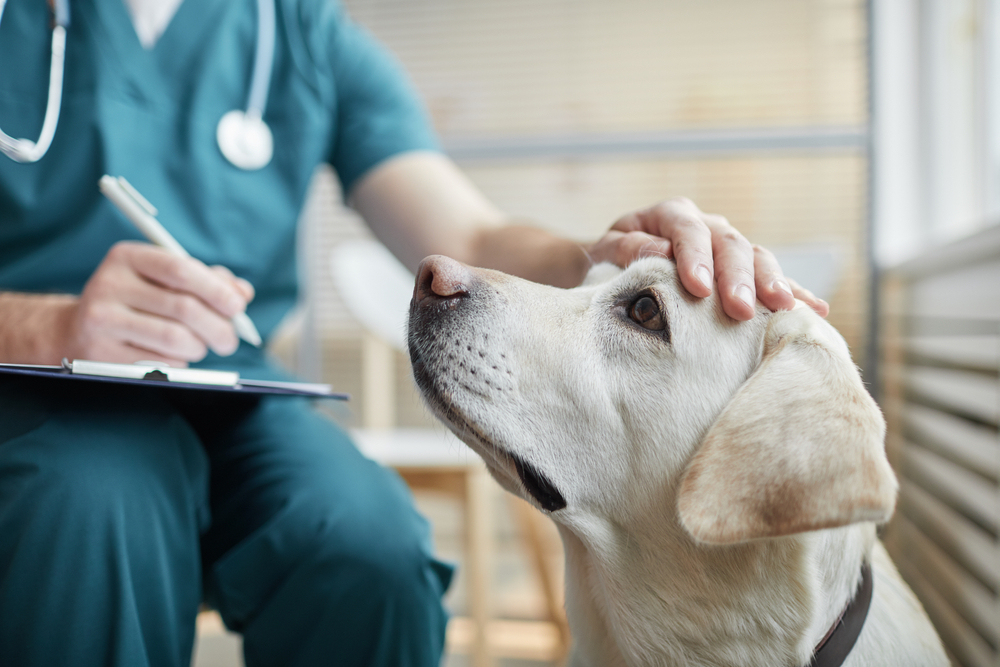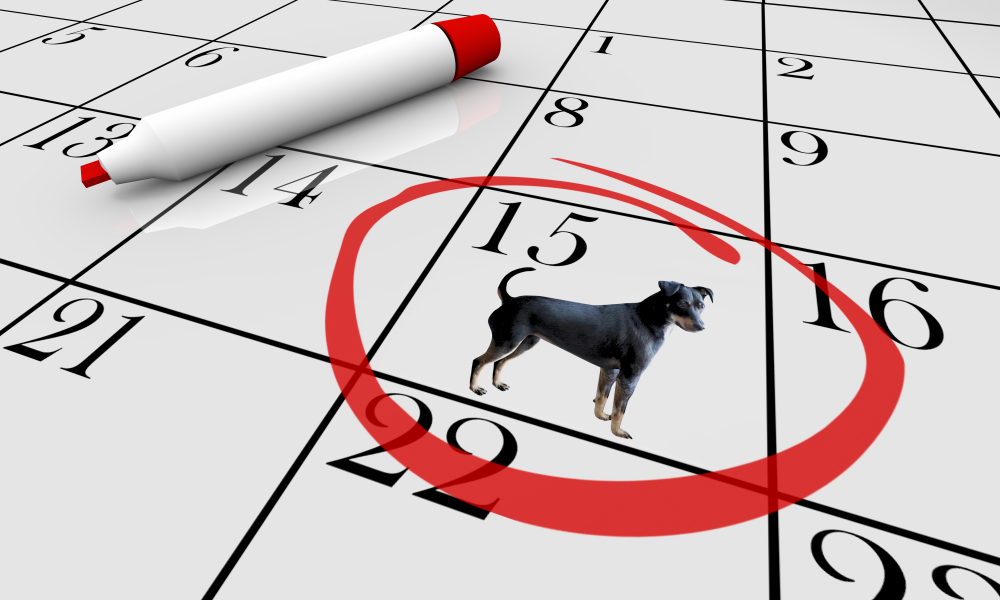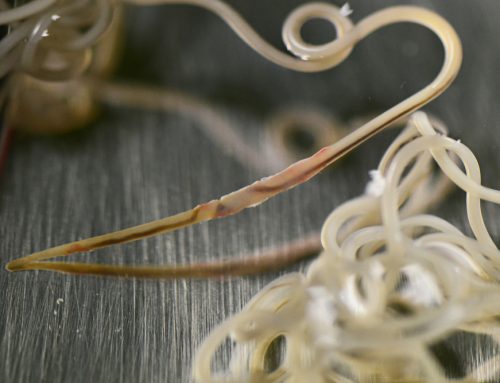At Pierson Pet Hospital, we are honored to provide care for your beloved pets, and we are devoted to delivering the highest standard of veterinary medicine. However, like practices across the country, since March 2020, we have been forced to reimagine and refashion what that looks like. And, every step of the way, we have worked to ensure uncompromising and uninterrupted service to all our community pets.
We are frequently asked why things are still operating at a slower pace—especially now that many restrictions are being lifted. The answer—like everything these days—is complex, multi-faceted, and subject to change. To help our clients understand our new normal, here are the primary reasons why seeing the veterinarian takes so long.
Prioritizing safety for humans and pets
As a veterinary practice, the health, safety, and wellbeing of pets and their people has always been our mission. While we’re known most obviously for pet care, our dedication to staff and client safety received an equal spotlight during the COVID-19 pandemic. We have strictly adhered to the governor’s orders while remaining open—faithfully serving our clientele during the most uncertain and frightening early days.
As a continued precaution, our team continues to carry out rigorous sanitization and disinfection processes throughout the day before and after every interaction—including frequent touch-points (e.g., door handles, chairs, counters, and shared equipment). This is on top of our normal rigorous cleaning protocol that maintains routine disinfection of pet areas (e.g., cages, weight scale, examination tables, and floors) and client spaces.
The socially distant veterinary-client-patient relationship
Prioritizing client and staff safety has meant new protocols that decrease efficiency. No matter how we strategize, the new methods require extra time—and a few extra minutes per appointment quickly adds up to hours.
- Call volume — Our team must answer and manage additional phone lines and call volumes, as clients call to announce their arrival, discuss their pet’s care, and make payments.
- Curbside care — For clients who wish to remain socially distant for appointments, team members must go outside to retrieve their pet, and then safely transport them inside the hospital. We continue to be curbside-only for medication and food refills, boarding, , and surgery drop-off, and technician appointments.Communication — In addition to longer holding times and phone-tag for curbside appointments, because we have no face-to-face communication and cannot read nonverbal cues, conversations require more time to relay information and ensure mutual understanding and agreement.
- Taking turns takes time — As we gradually reopen, we’re allowing only a set number of clients in the building at a time, to ensure one-way traffic and social distancing—and examination rooms aren’t exactly spacious! But, this allows our team to maintain a safe environment and continue providing the excellent care you expect at Pierson Pet Hospital.
Evolving protocols to protect pets and people
Let’s face it—we’ve all received a lot of conflicting information over the past 16 months as we learned about COVID-19. Fortunately, veterinary professionals are highly adept at responding and adapting to any situation—after all, our day is spent reading and reacting to non-human patients.
But, no matter how great our improv skills, learning new ways to perform familiar routines takes time, which, unfortunately, has been a scarce resource for veterinary practices during the pandemic. Keeping the entire team up to speed during ever-changing recommendations, and learning through trial and error, has been more like a trial by fire. As soon as we became familiar with one new routine, something would shift, or a new problem would arise (e.g., supply shortages, staff changes or shortages, and new CDC guidelines).
Backlogged veterinary wellness visits
To prioritize care and limit our team’s exposure, adult pet wellness visits and elective care procedures were postponed during the spring and summer months of 2020. Since then, some pet owners have elected to defer non-essential care until they’ve been COVID vaccinated or could accompany their pet inside the building. For those reasons and others, our routine services (e.g., routine exams and vaccinations) are filling our schedule as clients update their pet’s care.
Ensuring time for emergencies and urgent care
When your pet needs emergency care, seconds matter. Because we want to be here when you need us, we designate protected time in our schedule for emergency and urgent patients. If we didn’t take this step, we might not have the manpower and resources to treat pets when they need us the most.
Veterinary staffing challenges
Pierson Pet Hospital relies on a relatively small but hard-working team to power our services and deliver skilled pet care. Like many essential workers, our team has experienced professional and personal pandemic-related stresses, including long shifts, emotional and physical fatigue, health issues, childcare challenges, and financial concerns.
Only one absent team member can decrease efficiency. But, while things may slow, they do not stop—others step up to carry the load, ensuring your pet can be seen by the veterinarian, loved and cared for in the boarding area, or look fab after a visit to our .
Our goal? Keeping the doors open for you and your pets

Since day one of the COVID-19 pandemic, Pierson Pet Hospital has been committed to staying open and serving the pet-loving community. As we—hopefully—reach the other side of this crisis and progress toward normal operations, we ask for your continued patience and understanding. We know that having to wait so long can be frustrating, but waiting a little longer helps us ensure we’ll be here for the long run.
Do you need to schedule your pet’s return to Pierson Pet Hospital? Contact us now to get on the calendar for our next available appointment.







Leave A Comment